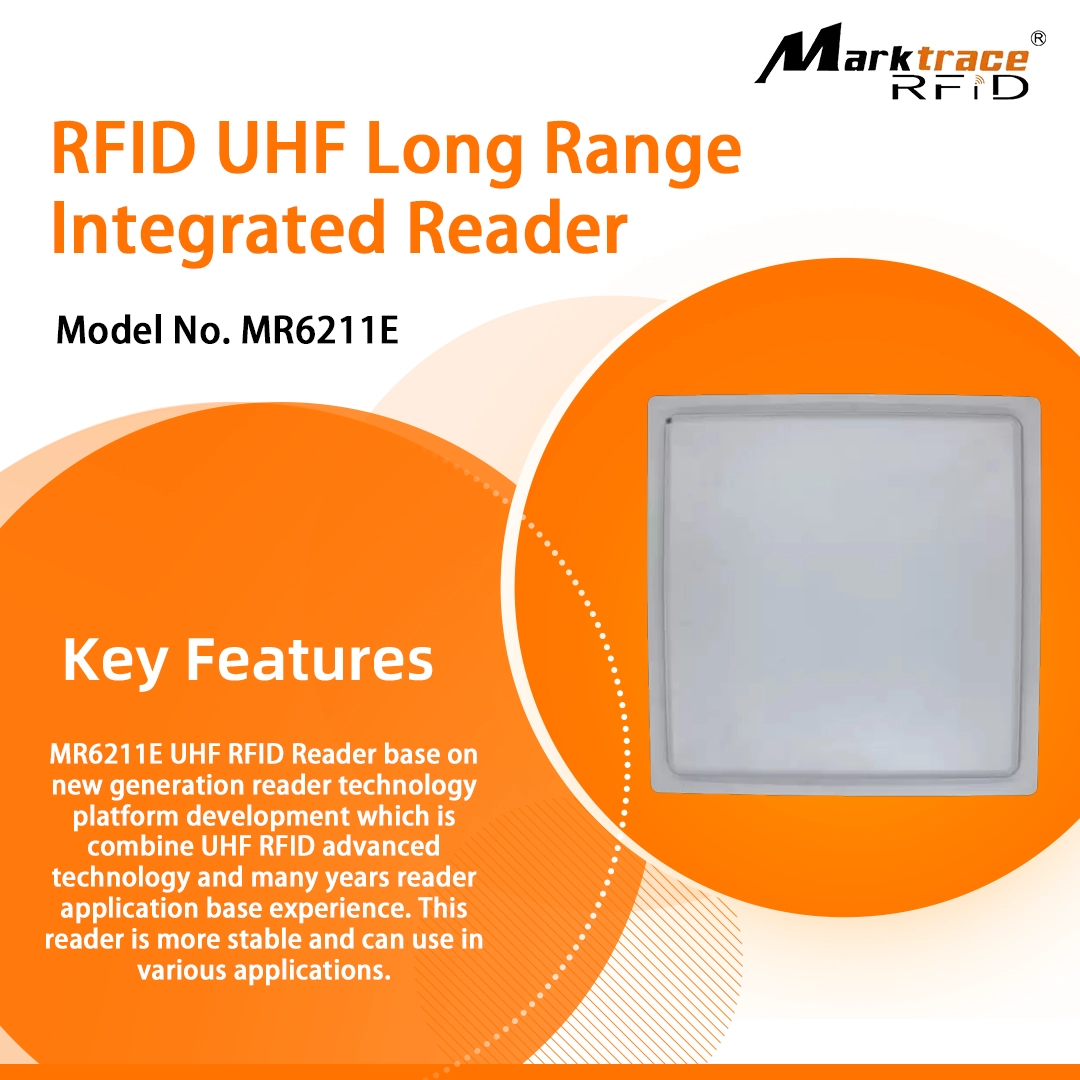- This topic is empty.
-
AuthorPosts
-
2025-07-07 at 3:35 pm #81434
Today, with the continuous promotion of the wave of informatization and intelligence, the medical and pharmaceutical industry is undergoing a profound digital transformation. As an important part of the Internet of Things technology, RFID technology, especially UHF RFID readers, are playing an increasingly important role in the medical and pharmaceutical fields with their advantages of long distance, high speed, and batch reading. This article will focus on the core advantages, typical application scenarios, actual case analysis, and future development trends of UHF RFID readers, and deeply analyze its application value in the medical and pharmaceutical industry.
1. Brief analysis of the basics of UHF RFID technology
RFID is a contactless automatic identification technology that automatically identifies target objects and obtains relevant data through radio frequency signals. Among them, the UHF (Ultra High Frequency) range is usually from 860 MHz to 960 MHz, with the following significant advantages:
Long reading distance: up to 3-10 meters, suitable for scenarios that do not require close-range operation;
Fast recognition speed: can read a large number of tags in an instant, supporting high-frequency operation environments;
Strong penetration: can penetrate non-metallic materials, suitable for identification needs in complex environments;
Resistant to environmental interference: suitable for places with large changes in temperature and humidity;
Batch reading: significantly improves data collection efficiency.
For this reason, UHF RFID readers are widely used in hospitals, pharmaceutical companies, drug storage centers and other places.

2. Application scenarios of UHF RFID readers in the medical industry
2.1 Management of medical devices and consumables
There are a large number of disposable medical consumables and reusable surgical instruments in hospitals. The traditional manual registration management mode is inefficient and prone to errors, while UHF RFID readers can achieve accurate identification and full-process tracking of equipment and consumables.
Automatic identification of surgical instrument packages: By binding RFID tags to each instrument, automatic inventory and disinfection management before and after surgery can be achieved, reducing manual inventory omissions;
Consumables use traceability: When consumables are shipped out, used or scrapped, RFID equipment can automatically record the time, operator and location to achieve full life cycle management;
Automatic replenishment warning: Combined with the Internet of Things system to automatically count the frequency of use and inventory data, early warning replenishment, and ensure the continuous supply of medical supplies.
2.2 Patient identification and nursing safety
Patient identification is the core link of medical safety, especially in the confirmation process before medication, infusion, and surgery. UHF RFID brings a higher level of intelligence to this process.
Patient wristband management: Patients wear wristbands embedded with RFID chips, and nursing staff quickly identify their identities through UHF RFID readers to confirm whether they are the correct patients;
Infusion monitoring and recording: RFID tags are implanted on infusion bottles and infusion cards to achieve real-time monitoring of infusion status and automatically record the time of each change;
Nursing inspection and clocking in: Nurses carry handheld UHF RFID readers during ward rounds, scan patient tags and complete clocking in, and the system generates nursing records in real time.
2.3 Hospital asset tracking and positioning
High-value hospital assets such as ventilators, monitors, and carts are frequently moved, and often have problems such as loss and misplacement. With the help of UHF RFID systems, real-time positioning and scheduling can be achieved.
Equipment positioning system: By attaching RFID tags to equipment and deploying readers in key areas, location tracking can be achieved;
Frequency of use statistics: Analyze the time and number of equipment usage, assist in deployment, and improve resource utilization;
Anti-theft alarm mechanism: Trigger an alarm when the equipment exceeds the designated area to prevent loss or misuse.
3. Application scenarios of UHF RFID readers in the pharmaceutical industry
3.1 Drug warehousing and logistics management
Pharmaceutical logistics has the characteristics of a wide range of categories, complex batches, and high storage requirements. UHF RFID readers can achieve efficient management of drug storage, outbound storage, inventory, circulation and other links.
Batch drug storage: support batch identification of whole boxes and pallets of drugs to improve storage efficiency;
Precise inventory system: quickly scan through handheld devices without checking labels one by one;
Cold chain monitoring integration: combined with temperature sensors, realize simultaneous tracking of cold chain drug status and location.
3.2 Drug anti-counterfeiting and traceability
The proliferation of counterfeit drugs seriously threatens public health and safety. UHF RFID can give each box of drugs a unique ID to achieve traceability from production to use.
Unique identification system: each drug is bound to a unique RFID code to prevent counterfeiting;
Drug circulation tracking: consumers or regulatory agencies can query the drug circulation path by scanning the RFID tag on the drug packaging;
Recall management optimization: when there is a problem with the drug, the inflow channel and the affected range can be accurately located for rapid recall.
3.3 Intelligentization of drug stores and hospital pharmacies
Drug stores and hospital pharmacies face the complicated operations of daily warehousing, sales, and inventory counting. The UHF RFID system makes all of this automatic and efficient.
Smart medicine cabinet system: automatically identify the type and quantity of medicines, and realize intelligent medicine collection and replenishment;
AuthorPostsViewing 1 post (of 1 total)- You must be logged in to reply to this topic.